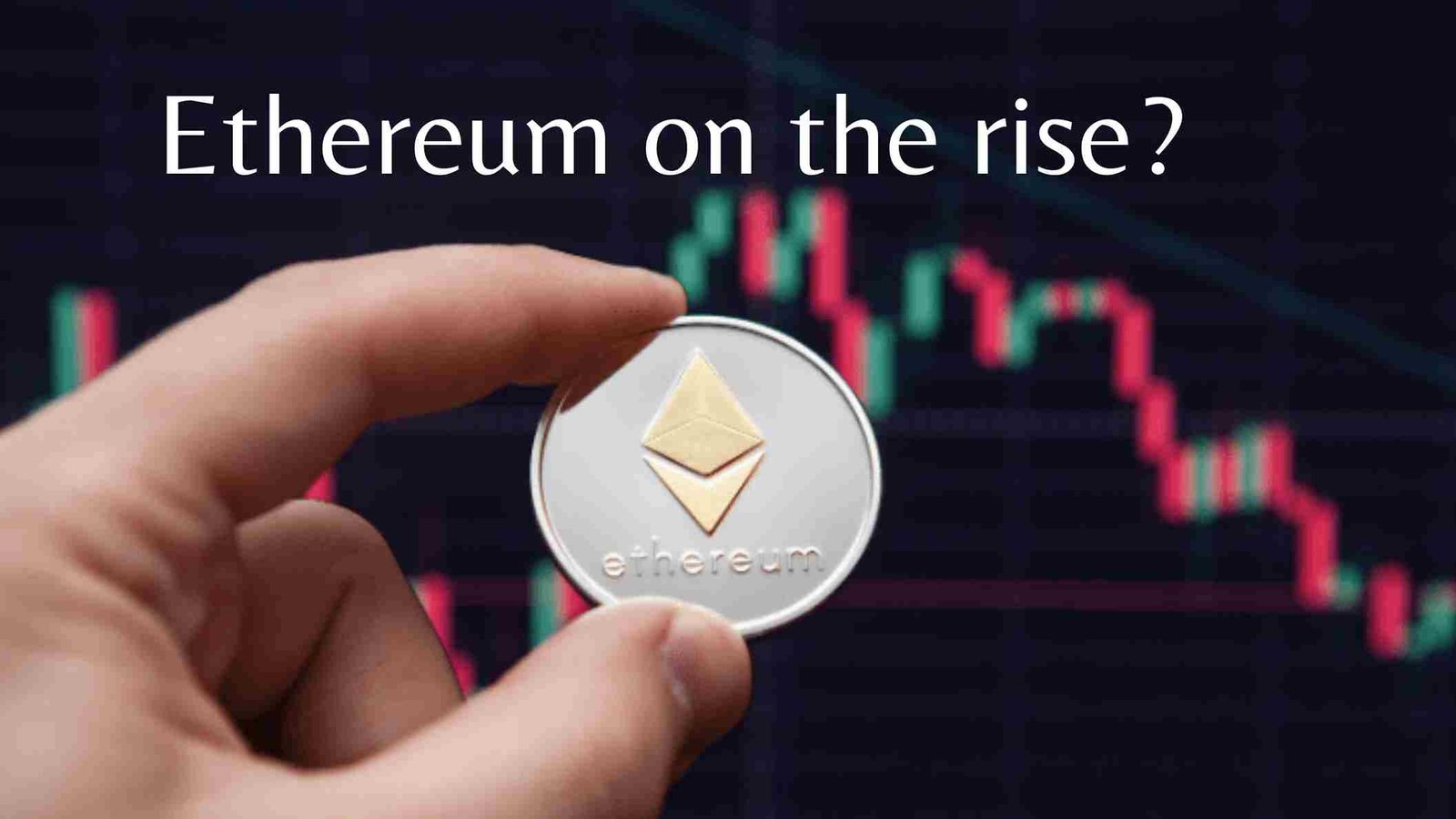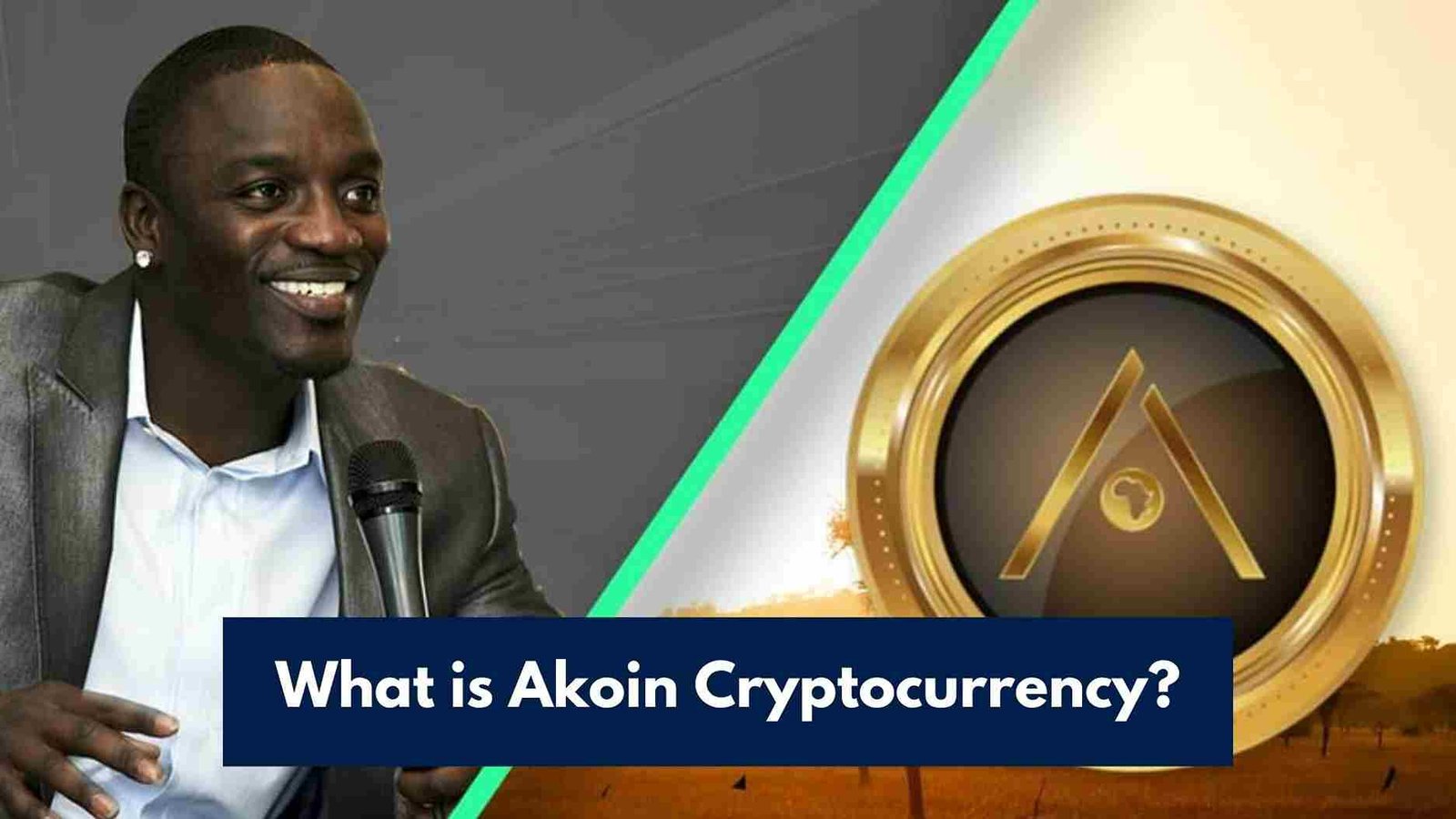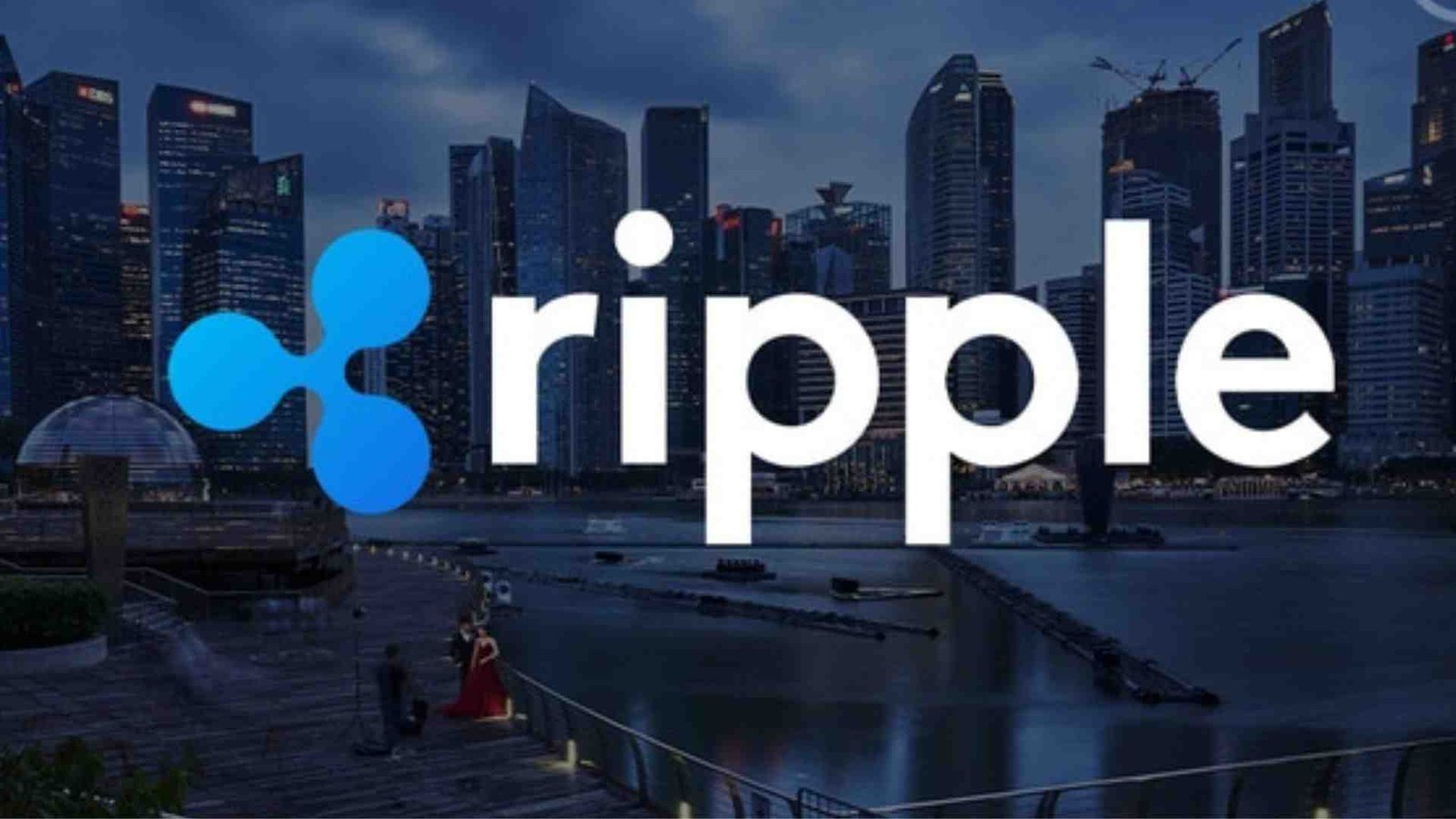OP vs ARB vs ZK: Comparing Top Ethereum Layer-2 Governance Tokens in 2025
Meta Description: Compare OP, ARB, and ZK, the top Ethereum Layer-2 governance tokens in 2025. Explore their tokenomics, governance models, and market performance to understand their role in scaling DeFi and Web3.
Introduction
Ethereum’s Layer-2 (L2) solutions have transformed blockchain scalability, enabling faster, cheaper transactions while leveraging Ethereum’s security. Governance tokens like OP (Optimism), ARB (Arbitrum), and ZK (zkSync) empower communities to shape their ecosystems, driving decentralization and innovation. In 2025, these tokens are central to their respective L2 networks, influencing protocol upgrades, fee structures, and ecosystem growth. This article compares OP, ARB, and ZK, analyzing their roles, tokenomics, governance models, and market performance to help investors and users understand their potential.
.
What Are Governance Tokens?
Governance tokens are cryptocurrencies that grant holders voting rights over a blockchain protocol’s development, such as upgrades, fund allocation, or fee policies. In Ethereum L2s, tokens like OP, ARB, and ZK incentivize community participation, align stakeholder interests, and promote decentralization. While primarily used for governance, some tokens may accrue value through staking or revenue-sharing proposals, making them attractive for investors.
Overview of the L2 Networks
- Optimism (OP)
- Type: Optimistic Rollup
- Launch: January 2021 (public mainnet)
- Total Value Locked (TVL): ~$9.36 billion (24% L2 market share)
- Key Features: EVM-equivalent architecture, OP Stack for modular rollups, Superchain for interoperable L2s (e.g., Base, Zora).
- Governance: Optimism Collective, a bicameral system with Token House (OP holders) and Citizens’ House (non-transferable NFT-based citizenship).
- Arbitrum (ARB)
- Type: Optimistic Rollup
- Launch: August 2021
- TVL: ~$15.94 billion (40.88% L2 market share)
- Key Features: Multi-chain approach (Arbitrum One, Nova), Nitro stack for scalability, Orbit for L3 chains.
- Governance: Arbitrum DAO, a plutocratic model led by ARB holders, with a Security Council for emergency actions.
- zkSync (ZK)
- Type: Zero-Knowledge (ZK) Rollup
- Launch: March 2023 (zkSync Era mainnet)
- TVL: ~$1.2 billion (8th-largest L2)
- Key Features: zkEVM for EVM compatibility, instant finality, low-cost transactions (~$0.08).
- Governance: Token Assembly (ZK holders), Security Council, and Guardians for veto power, emphasizing non-plutocratic balance.
Comparing Governance Tokens: OP, ARB, and ZK
Below is a detailed comparison of OP, ARB, and ZK based on tokenomics, governance utility, ecosystem impact, and market performance in 2025.
- Tokenomics
- OP (Optimism):
- Supply: 4.29 billion initial, with 2% annual inflation.
- Market Cap: ~$4.5 billion; price ~$4.45 (Q1 2025 estimates).
- Utility: Governance, validator staking (non-monetary rewards). ETH is used for transaction fees, reserving OP for governance and security.
- Distribution: 25% to ecosystem fund, 20% to retroactive public goods funding (RPGF), 19% to core contributors. Over $200 million in RPGF distributed by 2025.
- ARB (Arbitrum):
- Supply: 10 billion (capped).
- Market Cap: ~$3 billion; price ~$0.36 (June 2025).
- Utility: Governance, potential staking (liquid staking via Tally Protocol in beta, launching 2025). ETH used for fees, but ARB may capture revenue if staking proposals pass.
- Distribution: 12.75% airdropped in March 2023, 44.4% to Arbitrum DAO treasury. Regular unlocks increase supply, exerting downward price pressure.
- ZK (zkSync):
- Supply: ~21 billion (estimated at June 2024 launch).
- Market Cap: ~$10 billion fully diluted valuation (Q2 2024 estimate).
- Utility: Governance, potential revenue-sharing speculated. ETH used for fees, with ZK focused on voting and ecosystem incentives.
- Distribution: Significant community allocation (~30%) via June 2024 airdrop, incentivizing developers to build Hyperchains.
Analysis: ARB’s capped supply offers predictability, but regular unlocks dilute value. OP’s inflation supports ecosystem growth but may cap price appreciation. ZK’s high valuation and community-focused airdrop position it for rapid adoption, though its newer status adds risk.
- Governance Models
- OP (Optimism):
- Structure: Bicameral Optimism Collective with Token House (OP holders vote on upgrades, fund allocation) and Citizens’ House (soulbound NFTs for public goods funding).
- Features: Non-plutocratic, as Citizens’ House balances token holder influence. Over 500 proposals passed, including Bedrock upgrade (47% fee reduction).
- Strengths: Retroactive public goods funding fosters long-term growth. Superchain governance unifies L2s like Base, enhancing interoperability.
- Weaknesses: Complex system may deter casual participants; OP lacks direct fee capture.
- ARB (Arbitrum):
- Structure: Arbitrum DAO, where ARB holders vote on proposals (e.g., protocol upgrades, Security Council elections).
- Features: Plutocratic, with voting power tied to token holdings. Staking proposal (2024) aims to add economic utility.
- Strengths: Simple, scalable governance; Orbit L3s expand ecosystem. Over 780 dApps, with $8 billion in DeFi volume (e.g., GMX).
- Weaknesses: Criticized for slow progress and insider token concentration.
- ZK (zkSync):
- Structure: Token Assembly (ZK holders), Security Council (technical upgrades), and Guardians (veto misaligned proposals).
- Features: Non-plutocratic, with checks and balances. Supports 100,000 TPS, ideal for high-throughput dApps.
- Strengths: Fast validation (<10 seconds), low fees ($0.08), and community-driven airdrop fuel adoption.
- Weaknesses: Younger ecosystem; Hyperchain vision lags behind Superchain and Orbit.
Analysis: Optimism’s bicameral system balances power but adds complexity. Arbitrum’s DAO is straightforward but risks centralization due to token concentration. zkSync’s layered governance promotes fairness but requires maturity to rival established L2s.
- Ecosystem Impact
- OP (Optimism):
- Adoption: Superchain includes Base (17% market share), Zora, and Mode, with 2,000 TPS peak throughput.
- Use Cases: DeFi (Aave, Sushiswap), NFTs, gaming (Redstone). Base’s Coinbase integration drives retail adoption.
- Innovation: OP Stack’s modularity supports Celestia DA integration, reducing costs.
- ARB (Arbitrum):
- Adoption: Largest L2 with 45% market share, 5.9 TPS average, and 565 million transactions processed.
- Use Cases: DeFi (Uniswap, GMX), gaming, social (Nova’s 15 million monthly transactions).
- Innovation: Stylus (Rust support) and Orbit L3s expand developer access.
- ZK (zkSync):
- Adoption: 8th-largest L2, with rapid growth post-ZK airdrop. Supports atomic swaps and gasless meta-transactions.
- Use Cases: DeFi, NFTs, privacy-focused dApps. EVM compatibility via zkEVM attracts Ethereum developers.
- Innovation: ZK proofs enable instant finality, ideal for high-frequency trading.
Analysis: Arbitrum leads in TVL and adoption, benefiting from first-mover advantage. Optimism’s Superchain drives interoperability, while zkSync’s ZK tech offers superior scalability but trails in ecosystem maturity.
- Market Performance and Investor Appeal
- OP: Strong $4.5 billion market cap reflects Superchain adoption, but inflation caps gains. Posts on X highlight Base’s 100M+ user potential via Coinbase.
- ARB: $3 billion market cap lags due to 70% price decline since 2023 ($2.18 to $0.36), driven by unlocks and limited utility. Staking launch in 2025 may boost demand.
- ZK: $10 billion FDV is ambitious, fueled by airdrop hype and ZK tech. Price volatility expected as ecosystem matures.
Analysis: OP offers stability, ARB faces supply pressure but has upside with staking, and ZK’s high valuation carries risk but significant growth potential.
Challenges and Risks
- OP: Complex governance may limit participation; no direct fee capture reduces token value accrual.
- ARB: Slow DAO progress and insider concentration raise centralization concerns. Price suppression from unlocks persists.
- ZK: Newer ecosystem risks lower liquidity and developer traction. ZK proof complexity may delay upgrades.
- General: L2 fragmentation dilutes liquidity; competition from Solana and other L1s challenges Ethereum’s dominance.
Future Outlook in 2025
- OP: Superchain expansion and Base’s retail adoption position OP for steady growth. Pectra Upgrade (2025) may further lower L2 fees, boosting usage.
- ARB: Staking and Orbit L3 adoption could reverse price declines. Arbitrum’s DeFi dominance ensures resilience.
- ZK: ZK’s instant finality and low fees drive DeFi and gaming adoption. Hyperchain ecosystem growth is critical to justify its $10 billion valuation.
- Market Trends: L2 TVL exceeds $38.3 billion, with 2 million daily users. Governance tokens may evolve to include revenue-sharing, enhancing value.
Conclusion
OP, ARB, and ZK are pivotal governance tokens shaping Ethereum’s L2 landscape in 2025. Optimism’s bicameral governance and Superchain vision offer stability and interoperability, ideal for long-term investors. Arbitrum’s market leadership and upcoming staking make ARB a high-potential but volatile pick. zkSync’s ZK technology and airdrop-driven growth position ZK as a high-risk, high-reward option. Choosing between them depends on priorities: ecosystem maturity (ARB), governance innovation (OP), or cutting-edge scalability (ZK). As Ethereum’s rollup-centric roadmap unfolds, these tokens will drive the future of decentralized finance and Web3.




